Indoor Gardening
Indoor Gardening
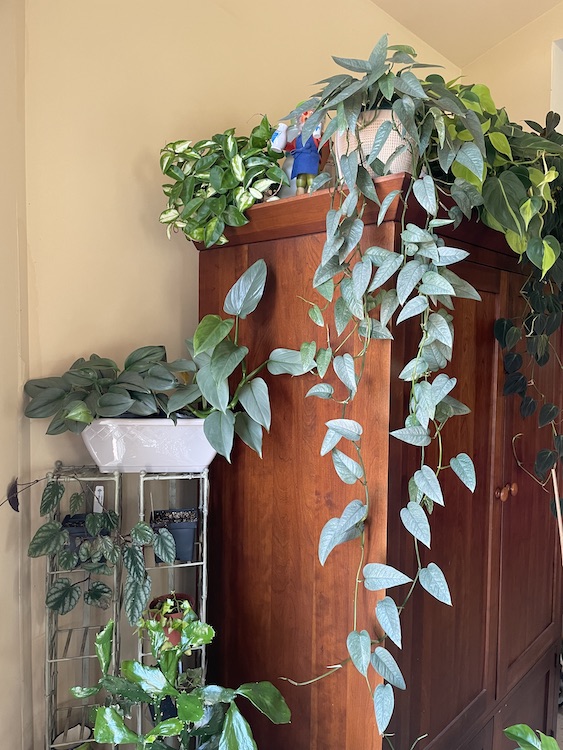
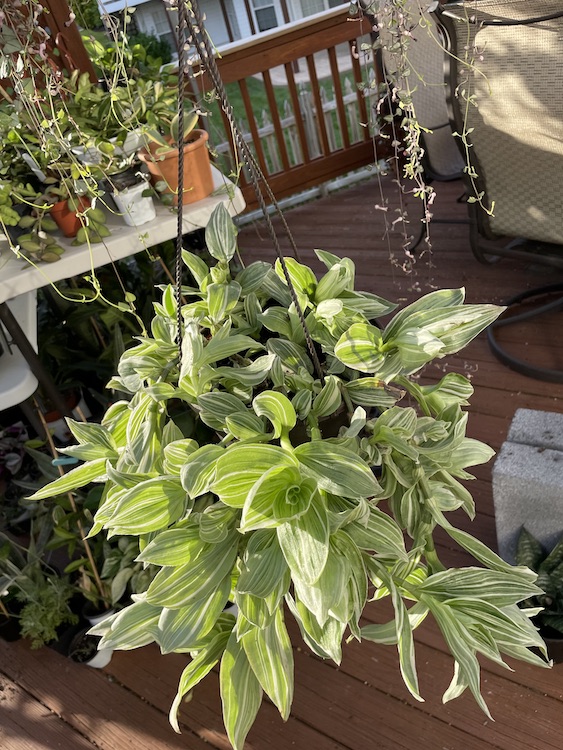
Growing indoor plants is one of the last simple joys of life.
Starting a houseplant collection can be a bit of a daunting thought to the novice plant owner, but take the time to know one and you’ll be well on your way to green pastures. Discovering your space is of the utmost importance in deciding what sort of plants will enjoy living there. Which direction are your windows facing? How many hours of sunlight will my plant be getting? An underrated question – how much air flow is this space getting? All important questions to ask and answer before finding the right plant for you.
The classic plant to start with is the golden pothos. This is one of the easiest plants to grow, and tried and true, it will survive the notorious north facing window. This, along with a ZZ or zenzi plant will bring a (no pun intended) lively ambiance to your lowest lit windows. If you are fortunate enough to have a southern window with lots of daylight coming in, you may choose to opt for a cactus collection. Another plant that will thrive in bright, indoor conditions are hoyas, native to southeast Asian regions. Hoyas are my personal favorite, and with around 900 varieties there is bound to be something out there to fit your planty aesthetic. If you have a day to scope out how much light your space is getting, use that information to your advantage when you are shopping around and elect for a plant that will thrive in the light conditions you put them in.



Make plant care a breeze! Take a look through our plant care guides to learn about your favorite houseplants
Plant Care:
Euphorbia
Growing Euphorbia Indoors: A Comprehensive Guide to Care and Cultivation Euphorbia is a diverse and fascinating genus of plants that includes a wide range of

Philodendron Plant Care
Introduction: Philodendrons are beloved houseplants known for their lush green foliage and easy-going nature. These tropical beauties can thrive indoors with proper care and attention.










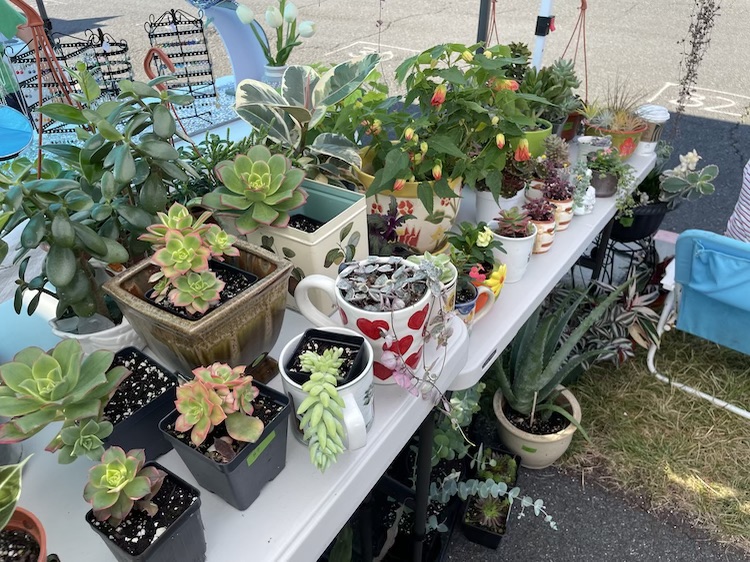
On the topic of space, your plants will need room to grow into their ‘space’ within its pot. Depending on which type of plant you are raising, some will have different soil requirements than others. Starting with the loosest soil requirements is orchids – they are essentially air plants and like to be in chunky soil with plenty of aeration to ensure that their delicate roots don’t become overwatered. Next on the list are your cacti and succulents, they do require a more stable foundation to stand on, but it may be beneficial to add an extra part of perlite in your soil mix to help the mix drain more readily. Desert plants will survive in peaty soil, but their watering requirements will be less. Tropical plants like peperomia and Philodendron will enjoy a well-mixed organic soil with some added peat moss or coco coir to help retain water a bit better. With this in mind, your plants’ water and soil requirements are subject to change as it grows and matures. This guide is aimed to help you with general soil, light, fertilization, and water requirements for your plants.

Watering requirements will vary with each plant you care for, but almost all of them will need more water during the growing season. Depending on the depth and size of your pots, there will be different requirements for each plant. With the exception of ferns and some peperomia, it’s a good rule of thumb to slightly under water your plants. If you notice your soil is dried out, but your plant doesn’t have any visible signs (i.e. drooping leaves, crispy leaf tips) wait a day until you give it a deep watering. This ensures that your plant has completely dried out and is ready for a big drink. This is my own personal watering method, you can also care for your plants by giving them a regular amount of water at set intervals and they will grow just the same. This method, however, is not ideal as roots will tend to stay towards the bottom and sides of the pot without penetrating the rest of the soil in it. I have found that the deep-watering to bone-dry method helps fill the entire pot with roots, and will make it easier on you when it comes time to repot.
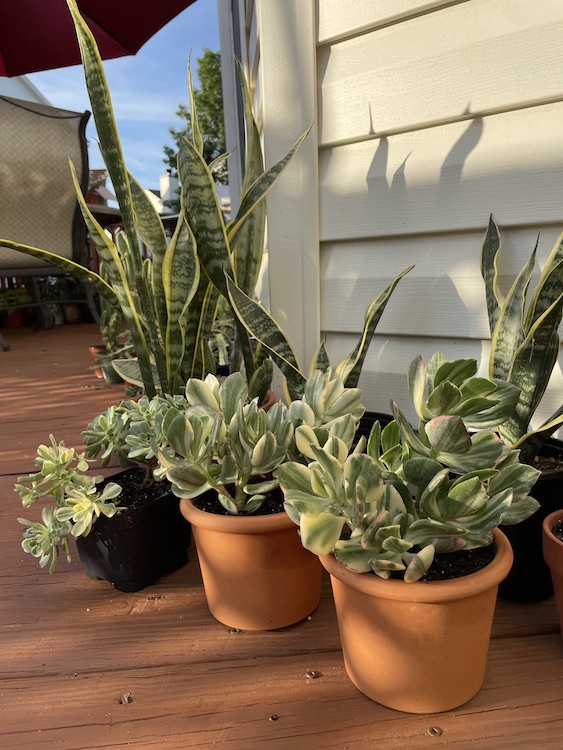

Dig In!
Take a look into the wonderful world of indoor gardening!
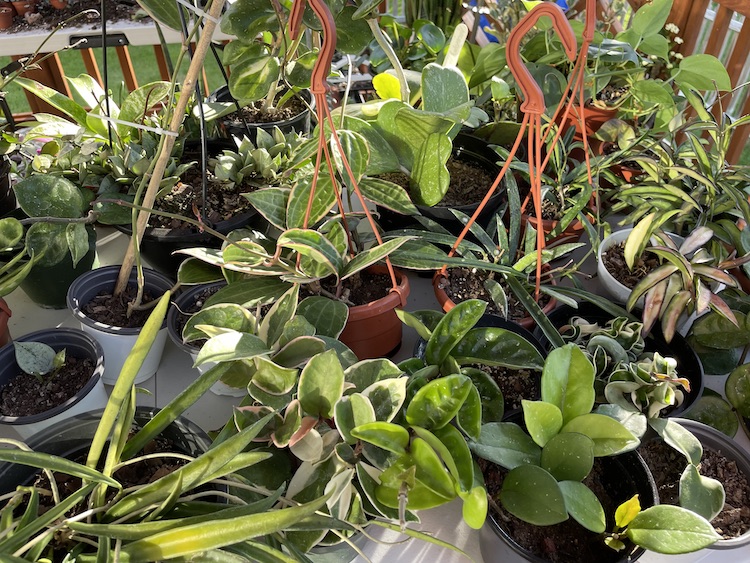


We are currently growing in hardiness zone 7b, and the growing season usually runs here from Mid-April until Mid-September when we bring them inside to overwinter. While in the growing season, if you have an outdoor space available for your plants it is highly recommended to place them outside as it will offer them optimal light conditions for more rapid growth. If grown in full sun, your plants may risk sun-stressing or burned leaves. Most houseplants will not like being in full-sun conditions, so offer them a shade reprieve during the hottest parts of the day (11:30am-3:30pm). Even if you are growing indoors during the season, longer days will help your plants push out new growth. The warmer weather and longer days help your plant grow, but also means they will need water in order to support that growth. This is why we find ourselves watering more often in the summer months.
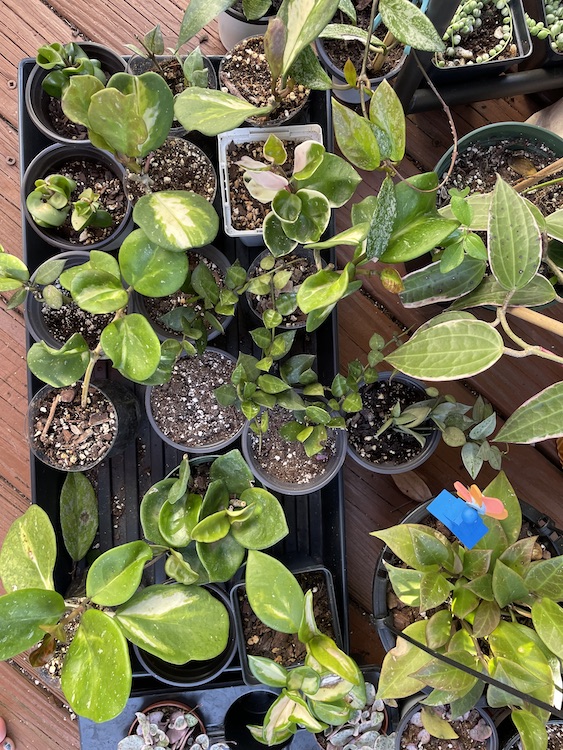

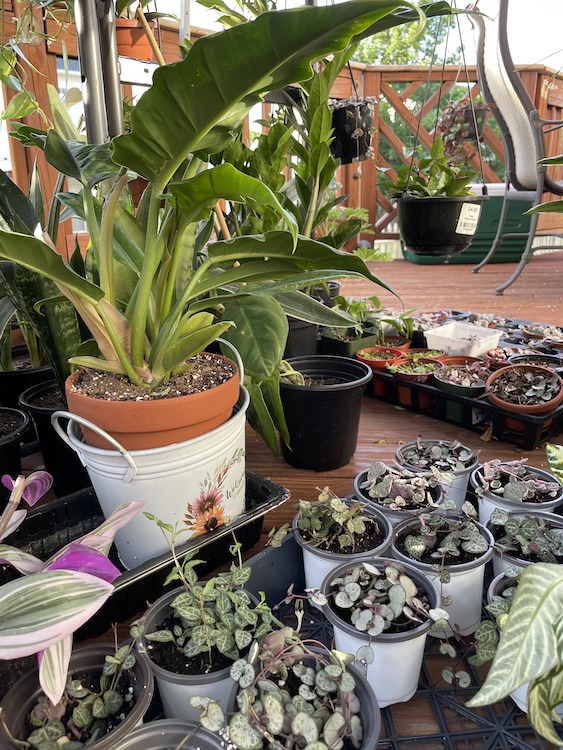
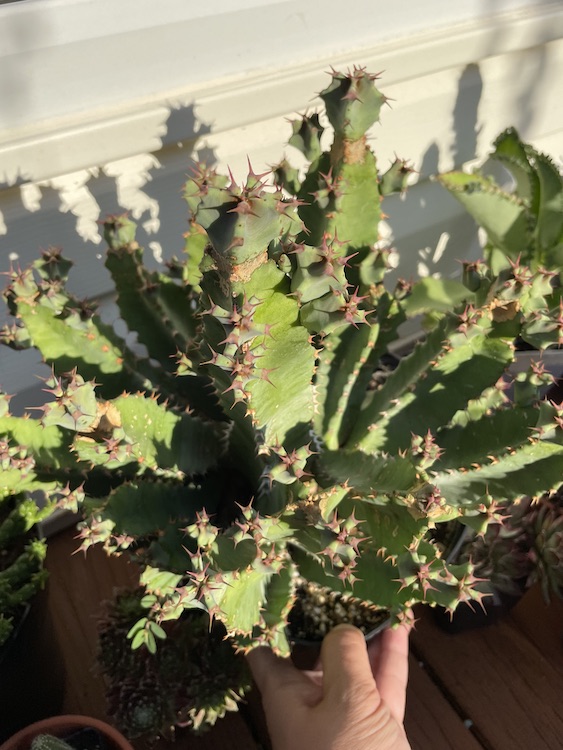
There are a couple options when it comes to fertilizer, if you like to fertilize as you water, there are water-soluble fertilizers that you can add to your water supply. When using liquid fertilizer, it is also best to use a high-phosphorous blend. When using these types of fertilizers, I will add the recommended amount at half strength to my houseplants once a month as I water them. My favorite type of fertilizer, however, is solid pellet fertilizer mixed in with my potting soil, and there after, I sprinkle at ½ strength the recommended amount for the volume of my pot – this by no means has to be exact – enough for your plant to receive the nutrients, not so much that it starts suffering due to over-fertilization. When it’s nicely planted in its pot, I will do my same sprinkling routine to each of my plants right at the beginning of the growing season (mid-April), toward the middle (late July), and right at the end (late September). This method has kept my plants growing for years now, and they seem to be taking to this method quite well! If you have any other questions about plant fertilization needs, check out our Fertilization page!

The joy that one feels with a successful indoor garden is unmatched. With the right care, your plants will grow to be much taller and bigger than you can believe! Whether you’re into cacti, tropicals, or even just a specific genus, we can help you find and grow your love of plants! Come see us at our farmer’s markets and we will help you curate your plant collection!

